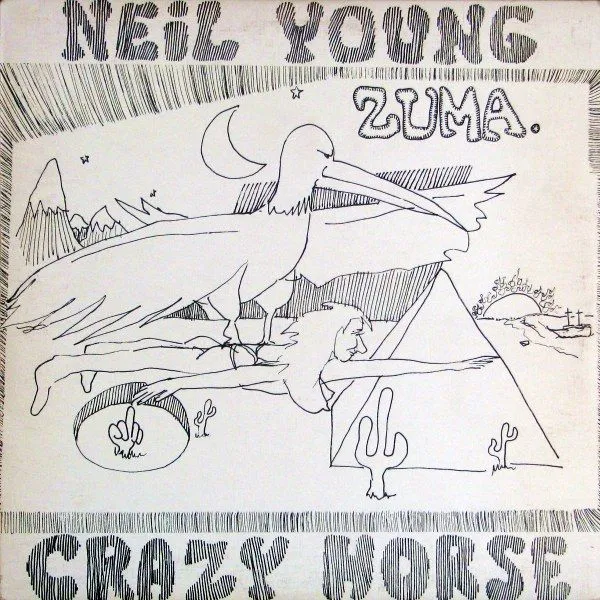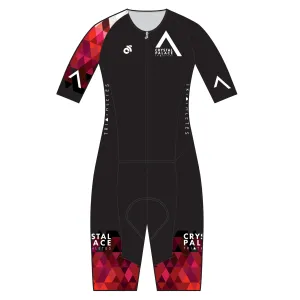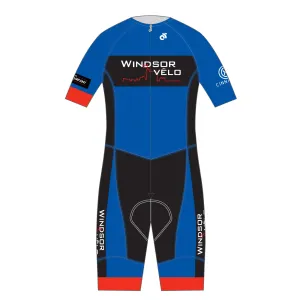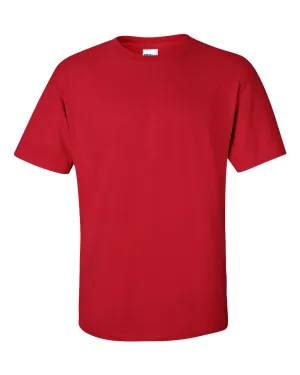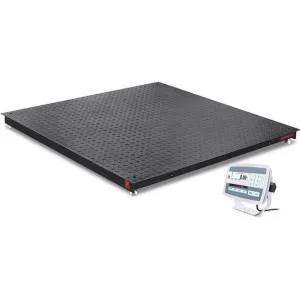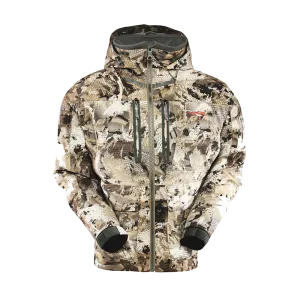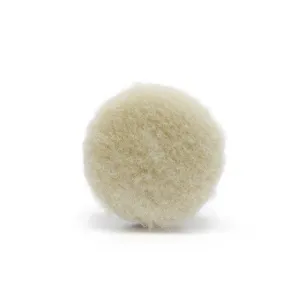*NOTE: This record was not noisy enough to rate our M-- to EX grade, but it's not quite up to our standards for Mint Minus Minus either. If you're looking for quiet vinyl, this is probably not the best copy for you.
Vintage covers for this album are hard to find in exceptionally clean shape. Most of the will have at least some amount of ringwear, seam wear and edge wear. We guarantee that the cover we supply with this Hot Stamper is at least VG
Can any one artist lay claim to two of the best sounding rock albums ever made? Neil Young can!
The better copies of After the Gold Rush and Zuma are demo discs and super discs of the highest order, right up there with Tea for the Tillerman and Teaser and the Firecat, the other two albums by a single artist that deserve to be placed on that rarified plane.
The fact that Gold Rush and Zuma both involve Neil Young is doubtless not an accident. I would be very surprised to learn that he was not intimately involved with every aspect of the recording of both masterpieces, from the miking to the final mix and every step in between.
Hot Stampers are all about finding the pressings that present the master tape at its best. Notice I did not say "represent" the master tape, because the master tape may have faults that need to be fixed, and the only way to do that is in the mastering.
The presentation of the music is, of course, a matter of taste. We make judgments about the way we think the record "ought" to sound, based on what we like or don't like about recordings in general. Audiophiles listen for different things and ascribe to them higher and lower relative values based on their own preferences; we do the same.
What The Best Sides Of Zuma Have To Offer Are Not Hard To Hear
- The biggest, most immediate staging in the largest acoustic space
- The most Tubey Magic, without which you have almost nothing. CDs give you clean and clear. Only the best vintage vinyl pressings offer the kind of Tubey Magic that was on the tapes in
- Tight, note-like, rich, full-bodied bass, with the correct amount of weight down low
- Natural tonality in the midrange -- with all the instruments having the correct timbre
- Transparency and resolution, critical to hearing into the three-dimensional studio space
No doubt there's more but we hope that should do for now. Playing the record is the only way to hear all of the qualities we discuss above, and playing the best pressings against a pile of other copies under rigorously controlled conditions is the only way to find a pressing that sounds as good as this one does.
Raw and Real
Zuma captures a kind of garage band purity that makes practically any other studio album you own sound phony in comparison. This is clearly a recording of a bunch of guys playing together live in a room, a room which happens to be a studio but could just as easily have been somebody's garage. It has a kind of loose feel; there's a sense of real communication between the players. Much like great jazz musicians, they're completely in tune with each other. Drop the needle on any song at random and you can tell right away that these guys have been together for a long, long time. This is a real band; this ain't no Crosby, Stills, Nash and Young.
The sound is as raw and as real as it gets. It's about as far from Deja Vu as you can get, except for the one song on that album that really does sound like a band performing live in the studio: "Almost Cut My Hair," which has slowly over the years become my favorite CSNY track, mostly because it really does let them sound like a real band. If you love that sound as much as we do, you will absolutely love Zuma.
What We're Listening For On Neil Young's Amazing Zuma Album
- Energy for starters. What could be more important than the life of the music?
- Then: presence and immediacy. The vocals aren't "back there" somewhere, lost in the mix. They're front and center where any recording engineer worth his salt would put them.
- The Big Sound comes next -- wall to wall, lots of depth, huge space, three-dimensionality, all that sort of thing.
- Then transient information -- fast, clear, sharp attacks, not the smear and thickness so common to these LPs.
- Tight punchy bass -- which ties in with good transient information, also the issue of frequency extension further down.
- Next: transparency -- the quality that allows you to hear deep into the soundfield, showing you the space and air around all the instruments.
- Extend the top and bottom and voila, you have The Real Thing -- an honest to goodness Hot Stamper.
Vinyl Condition
Mint Minus Minus and maybe a bit better is about as quiet as any vintage pressing will play, and since only the right vintage pressings have any hope of sounding good on this album, that will most often be the playing condition of the copies we sell. (The copies that are even a bit noisier get listed on the site are seriously reduced prices or traded back in to the local record stores we shop at.)
Those of you looking for quiet vinyl will have to settle for the sound of other pressings and Heavy Vinyl reissues, purchased elsewhere of course as we have no interest in selling records that don't have the vintage analog magic of these wonderful originals.
If you want to make the trade-off between bad sound and quiet surfaces with whatever Heavy Vinyl pressing might be available, well, that's certainly your prerogative, but we can't imagine losing what's good about this music -- the size, the energy, the presence, the clarity, the weight -- just to hear it with less background noise.
Track Commentary
The Tracklist tab above will take you to a select song breakdown for each side, with plenty of What to Listen For advice.
Other records with track breakdowns can be found .
A Must Own Rock Masterpiece
We consider this Neil Young album his . It's a recording that belongs in any serious rock collection.
Others that belong in that category can be found .

